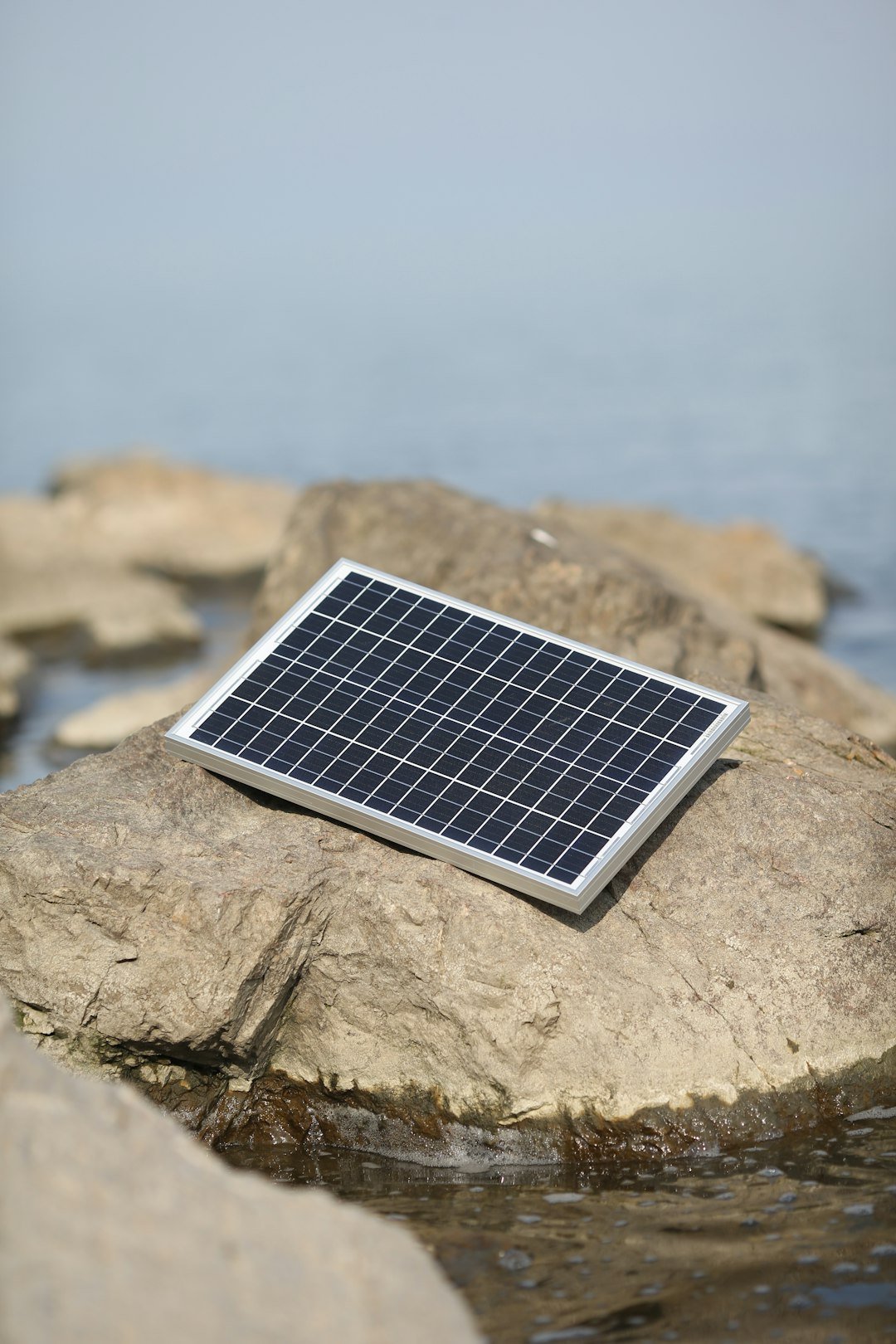
Harnessing the sun’s energy through photovoltaic panels offers a reliable way to access clean, renewable power for your home. In our daily lives, we depend on electricity for essentials like heating water, illuminating rooms, preparing food, and powering gadgets. Thus, optimizing your energy management is essential, and one effective approach is integrating a solar storage unit to maximize the output from your solar setup.
Delve into the world of solar batteries in this guide, exploring the advantages they bring to your energy system. If you’re considering an investment in these components, we’ll cover key aspects such as performance specs and pricing to help you decide wisely. Continue on for a comprehensive overview!
What Is A Solar Battery?
A solar battery serves as a vital addition to a photovoltaic array, capturing and holding the electricity produced by the panels. This stored reserve becomes invaluable during periods when panel performance dips, such as equipment failures or reduced sunlight due to cloudy weather.
Solar batteries retain energy in two primary forms:
Direct Current – This is the raw form of electricity before it goes through an inverter. Systems that offer rebates for generation might experience efficiency losses in a DC setup, making it important to evaluate your specific incentives.
Alternating Current – This represents the electricity after conversion by the inverter, ready for household use and potentially more efficient in certain grid-tied arrangements.
Why Is A Solar Battery Useful?
Incorporating a solar battery into your photovoltaic system unlocks several practical advantages, enhancing overall energy reliability and sustainability. Key benefits include:
• The option to save excess power for use during peak demand times or outages.
• Potential earnings from feeding stored electricity back into the utility network, turning your setup into a small-scale revenue generator.
• Reduced monthly utility expenses by drawing from your own reserves.
• Increased autonomy from traditional grid supplies, fostering greater energy security amid fluctuating external sources.
Still, potential buyers should note that the initial outlay for these batteries can be substantial, though long-term savings often justify the expense.
How Much Does A Solar Battery Cost?
The price tag on a solar battery largely hinges on the manufacturer, but other elements significantly influence the final cost as well. For context, high-quality models from reputable brands can range from a few hundred to several thousand dollars, depending on specifications. Influential factors include:
• Battery lifespan: Units with extended durability and more charge-discharge cycles typically command a premium price.
• Energy storage volume: Greater capacity means holding more kilowatt-hours, which directly correlates with higher costs.
• Usable portion of the battery’s total capacity: Not all stored energy may be accessible, so efficiency ratings play a role in perceived value.
• Construction materials and engineering: Advanced designs using lithium-ion or other cutting-edge tech add to the expense due to their reliability and performance.
How Much Energy Are You Able To Store In A Solar Battery?
Solar batteries come in a variety of sizes, tailored to meet diverse household energy demands, with storage measured in kilowatt-hours (kWh). Depending on the model selected, you could store upwards of 15 kWh in a single unit, and expanding this through additional modules is straightforward for larger needs. To illustrate, a typical washing machine might consume about 2.25 kWh per cycle, highlighting how even modest storage can cover daily appliances.
Fortunately, these systems offer flexibility, allowing customization based on your budget and usage patterns. The accumulated energy proves especially beneficial during evening hours or in regions with extended winter nights, providing a buffer against inconsistent solar generation and promoting year-round efficiency.
Conclusion
Though the upfront investment in a solar battery might seem intimidating at first, it ultimately boosts the effectiveness of your solar installation. By enabling the retention of surplus energy for future needs or even selling it back to the grid, this technology promotes adaptability and cost savings. Homeowners can achieve enhanced energy independence, trim their utility bills, and contribute to environmental conservation by cutting carbon emissions. Follow the lead of the many Australians embracing sustainable practices for a greener future!
